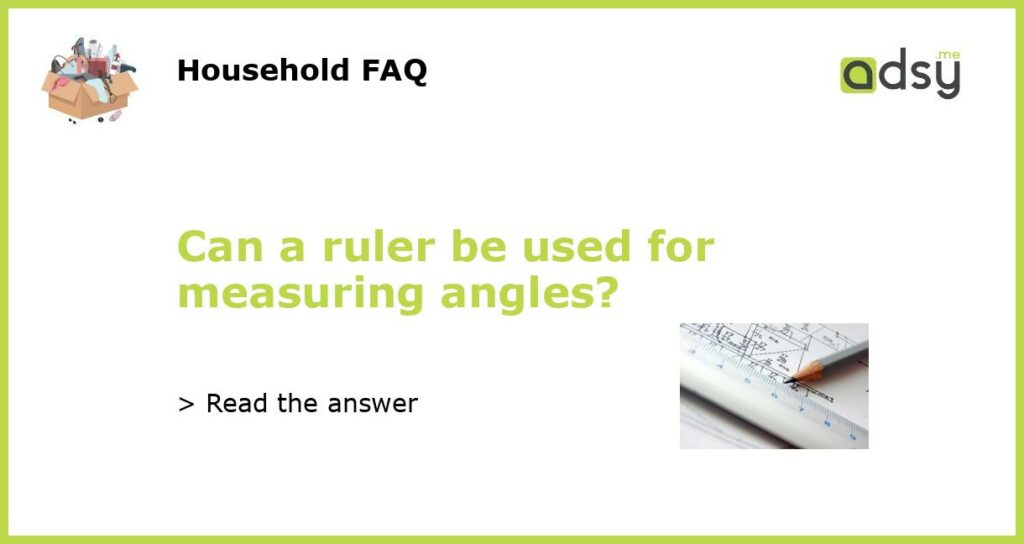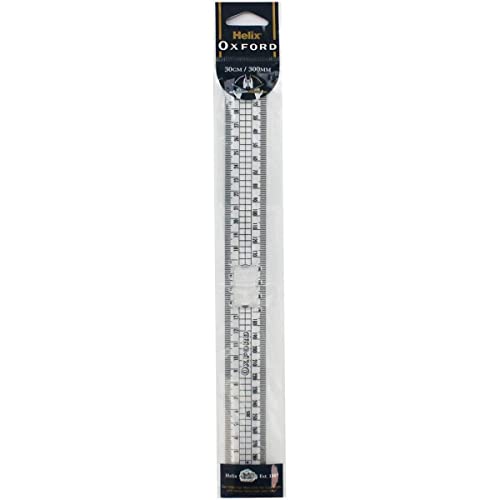Yes, a ruler can be used for measuring angles
When it comes to measuring angles, most people tend to think of protractors or other specialized tools. However, in some cases, a ruler can be used as a simple alternative for angle measurement. While not as precise or accurate as protractors, rulers can still provide a rough estimate of angle measurements.
Understanding Angle Measurement
Before we explore how to use a ruler for measuring angles, it’s important to understand the basics of angle measurement. An angle is a geometric figure formed by two rays or lines that originate from a common point, known as the vertex. The size of an angle is typically measured in degrees, with a full circle representing 360 degrees.
Using a Ruler for Rough Angle Measurements
When using a ruler to measure angles, you can take advantage of the fact that most rulers have a straight edge and a marked scale. Here’s a step-by-step guide on how to measure angles with a ruler:
- Place the ruler so that one of its edges aligns with one of the rays or sides of the angle you want to measure.
- Align the zero-mark on the ruler with the vertex of the angle.
- Read the number on the ruler where the second ray or side of the angle intersects the ruler.
- Take note of the measurement on the ruler. This measurement can be interpreted as an estimate of the angle’s size.
Limitations and Considerations
It’s important to note that using a ruler for measuring angles has certain limitations and considerations. Firstly, rulers are not designed to provide precise angle measurements. They are primarily used for measuring lengths or distances. Therefore, the accuracy of angle measurements obtained using a ruler may vary.
Additionally, rulers can only measure angles within a limited range, typically up to 180 degrees. For angles larger than 180 degrees, you may need a different approach or a specialized tool such as a protractor.
Furthermore, when using a ruler for measuring angles, it’s crucial to ensure that the ruler is properly aligned with the rays or sides of the angle. Even a slight misalignment can lead to inaccurate measurements. Therefore, it’s recommended to use a ruler with clear markings and to take extra care while aligning it.
Alternative Methods for Angle Measurement
If precision and accuracy are paramount, or if you need to measure larger angles, it’s advisable to use a protractor or other specialized measuring tools. Protractors are specifically designed for angle measurement and provide more precise readings than rulers.
Protractors typically feature a semi-circular or circular design with a center point and angular markings. To measure an angle with a protractor, you align the center point with the vertex of the angle and read the measurement on the protractor’s scale.
For digital or more advanced angle measurements, there are also tools such as digital protractors or angle finders available. These devices provide accurate and precise angle measurements and often feature additional functionalities such as data storage and transfer.






